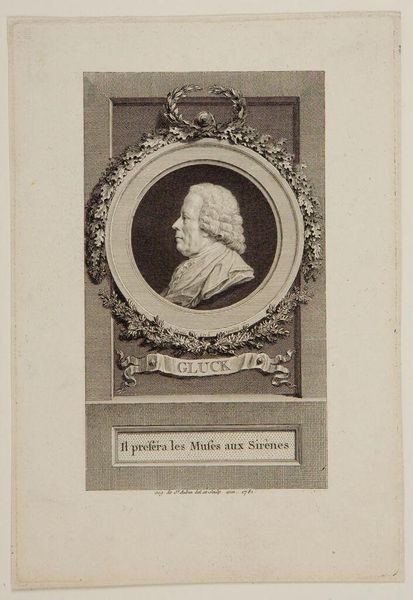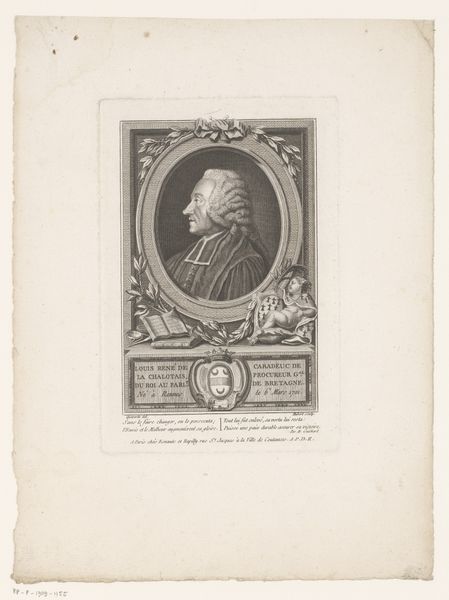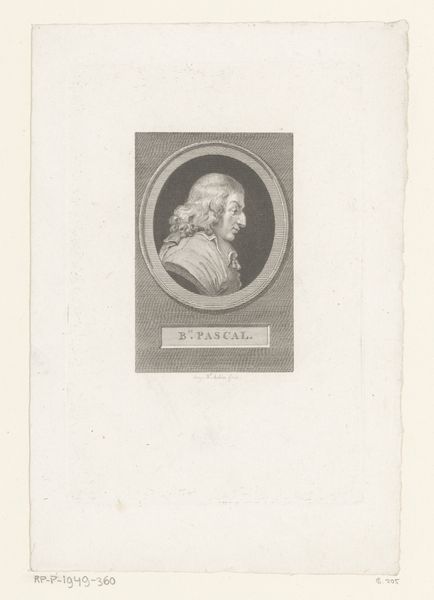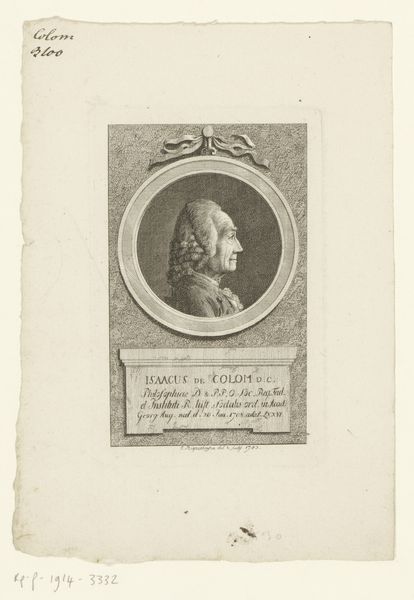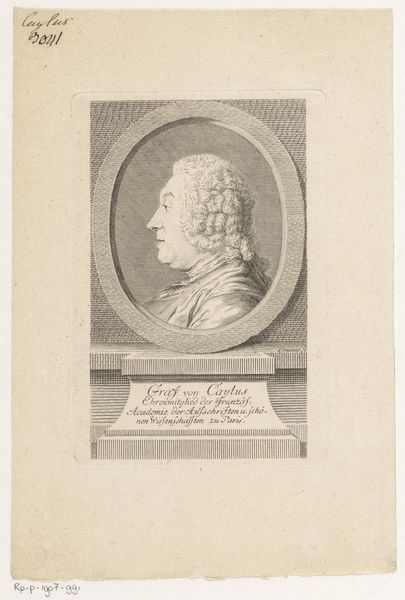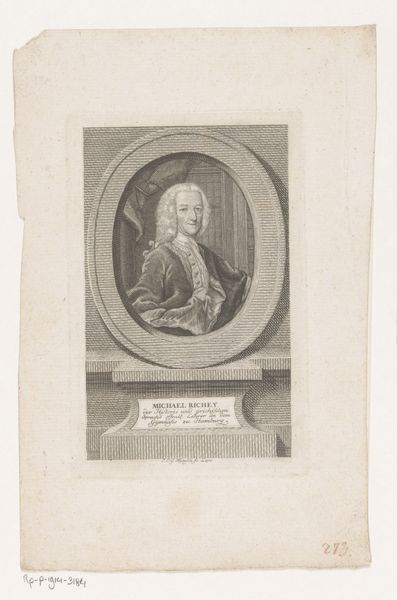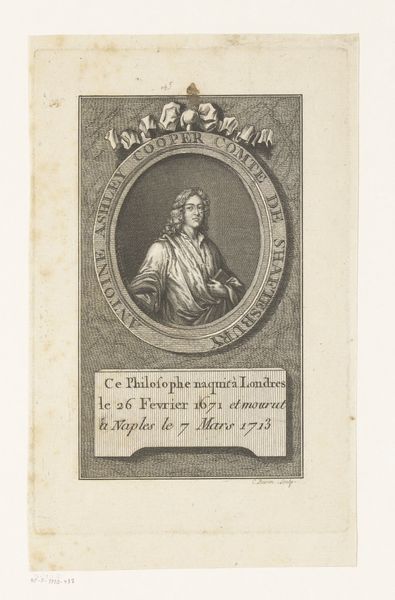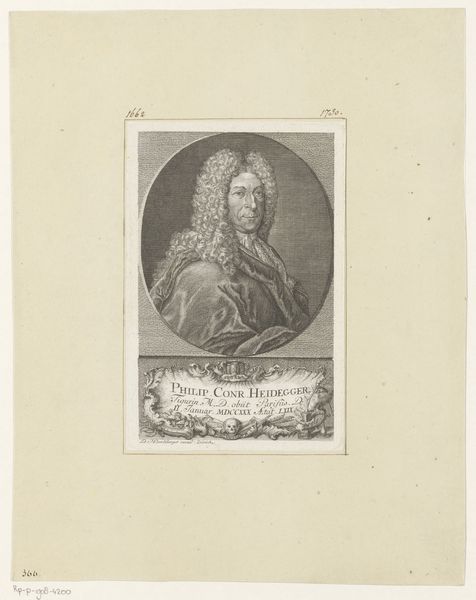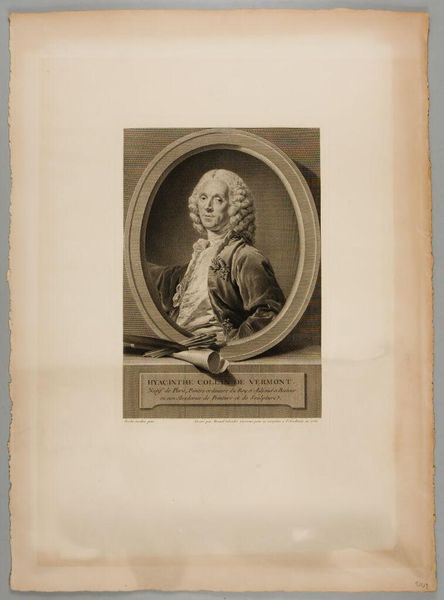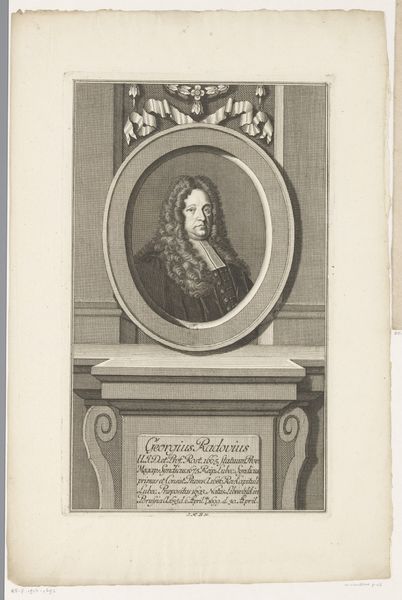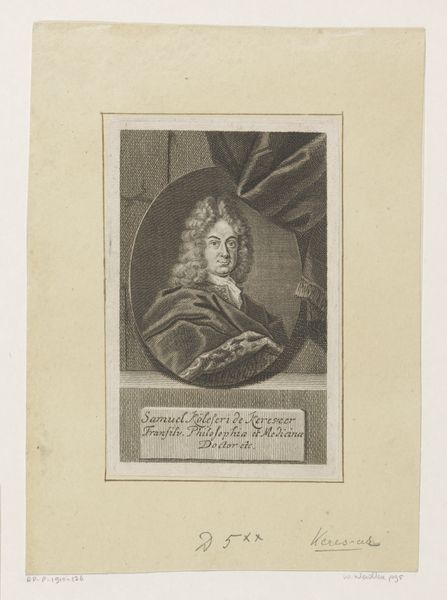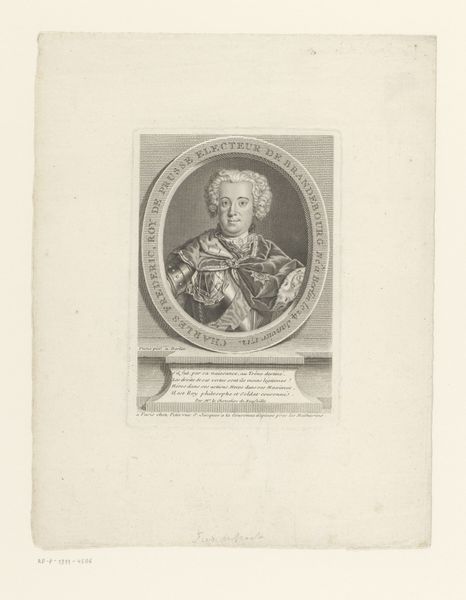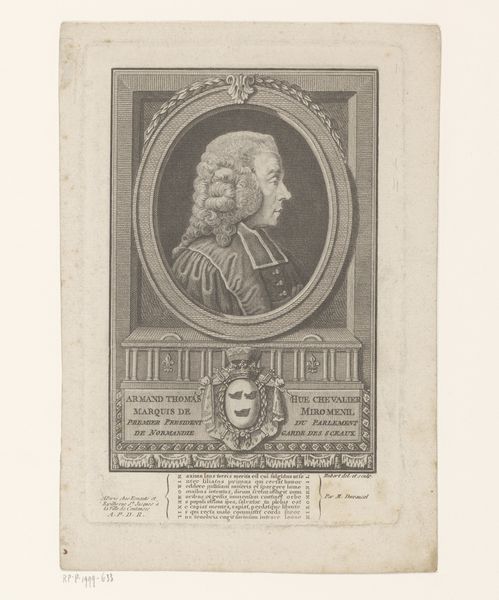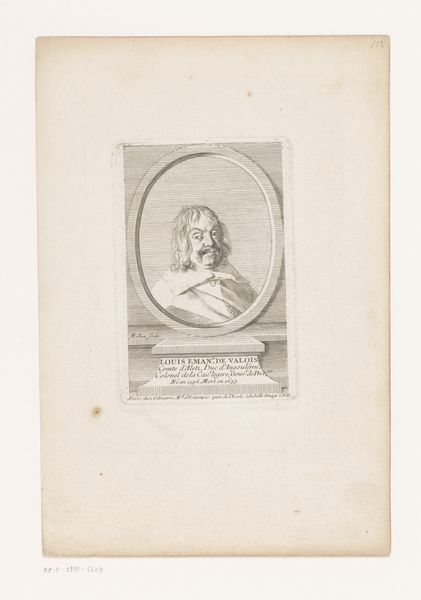
drawing, print, engraving
#
portrait
#
drawing
#
neoclacissism
# print
#
engraving
Dimensions: Sheet: 9 1/16 × 6 1/8 in. (23 × 15.6 cm) Plate: 7 1/4 × 4 15/16 in. (18.4 × 12.6 cm)
Copyright: Public Domain
Editor: So this is "Portrait of Gluck," an engraving from 1781 by Augustin de Saint-Aubin, and what strikes me is how the detail in the hair contrasts with the simplicity of the bust. What are your initial thoughts when you look at this? Curator: Well, I immediately think about the act of reproduction. As a print, this image existed not as a singular artwork but was created and distributed, multiplying the subject, Gluck, into the culture. It is neoclassical, but what kind of cultural work does it do? Editor: That's interesting! What do you mean by "cultural work?" Curator: It implies the portrait served as a commodity, a reflection of Gluck’s elevated status, available for purchase and display, effectively turning reputation into a tangible asset. Consider the labor: from Saint-Aubin to the printers, and the paper-makers. What class is consuming this image? What are they consuming in representing their consumption habits? Editor: I hadn’t thought about it in those terms. It makes the artwork seem much less... isolated. Almost functional, like a collectible card of sorts. Curator: Precisely. Think about how the materials themselves reflect that consumption; engraving requires specialized tools and skills. Editor: And the choice of engraving instead of painting—was it also about reaching a wider audience because of the reduced production costs? Curator: Absolutely. This reflects a shift towards broader access to art, yet within a stratified economic system. Now, think about Gluck's role: he participates in that commodification process through visibility and his status allowed him and artists like Saint-Aubin to function, like other laborers. Editor: This makes me think about the power dynamics inherent in art production, and the social and economic context in which it’s created. It is more than a pretty picture! Curator: Exactly. The means of production really shapes meaning here, beyond simple representation.
Comments
No comments
Be the first to comment and join the conversation on the ultimate creative platform.
